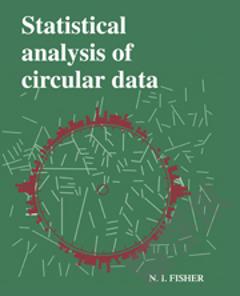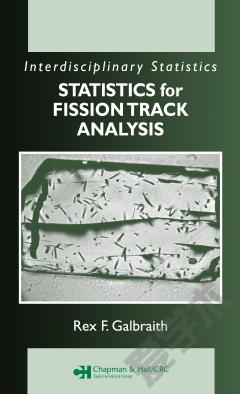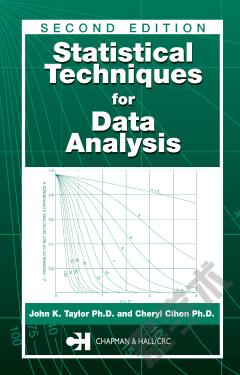Statistical Analysis of Circular Data
Preface 1. The purpose of the book 2. Survey of contents 3. How to use the book 4. Notation, terminology and conventions 5. Acknowledgements Part I. Introduction: Part II. Descriptive Methods: 2.1. Introduction 2.2. Data display 2.3. Simple summary quantities 2.4. Modifications for axial data Part III. Models: 3.1. Introduction 3.2. Notation trigonometric moments 3.3. Probability distributions on the circle Part IV. Analysis of a Single Sample of Data: 4.1. Introduction 4.2. Exploratory analysis 4.3. Testing a sample of unit vectors for uniformity 4.4. Nonparametric methods for unimodal data 4.5. Statistical analysis of a random sample of unit vectors from a von Mises distribution 4.6. Statistical analysis of a random sample of unit vectors from a multimodal distribution 4.7. Other topics Part V. Analysis of Two or More Samples, and of Other Experimental Layouts: 5.1. Introduction 5.2. Exploratory analysis 5.3. Nonparametric methods for analysing two or more samples of unimodal data 5.4. Analysis of two or more samples from von Mises distributions 5.5. Analysis of data from more complicated experimental designs Part VI. Correlation and Regression: 6.1. Introduction 6.2. Linear-circular association and circular-linear association 6.3. Circular-circular association 6.4. Regression models for a circular response variable Part VII. Analysis of Data with Temporal or Spatial Structure: 7.1. Introduction 7.2. Analysis of temporal data 7.3. Spatial analysis Part VIII. Some Modern Statistical Techniques for Testing and Estimation: 8.1. Introduction 8.2. Bootstrap methods for confidence intervals and hypothesis tests: general description 8.3. Bootstrap methods for circular data: confidence regions for the mean direction 8.4. Bootstrap methods for circular data: hypothesis tests for mean directions 8.5. Randomisation, or permutation, tests Appendix A. Tables Appendix B. Data sets References Index.
{{comment.content}}








 京公网安备 11010802027623号
京公网安备 11010802027623号